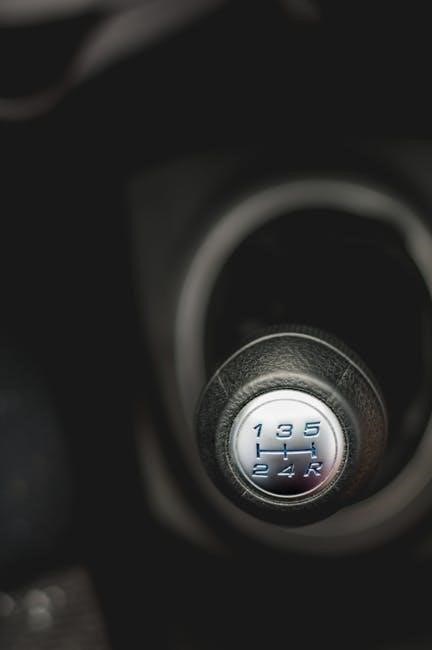Can You Drive an Automatic Car with a Manual Licence?
Yes, a manual licence allows you to drive both manual and automatic cars, offering flexibility and convenience without additional restrictions.
Understanding whether you can drive an automatic car with a manual licence is essential for many drivers, especially those considering renting cars or borrowing vehicles from friends. The distinction between manual and automatic licences can vary by country, leading to confusion. In many places, a manual licence provides more flexibility, allowing drivers to operate both manual and automatic vehicles. However, an automatic licence often restricts drivers to automatic cars only. This guide explores the rules and implications of driving automatic cars with a manual licence, helping drivers make informed decisions about their vehicle choices and licence upgrades. It also highlights the benefits of holding a manual licence and the potential limitations of an automatic-only licence, ensuring drivers are aware of their options and legal obligations.

Understanding the Difference Between Manual and Automatic Licences
A manual licence typically allows driving both manual and automatic cars, while an automatic licence usually restricts to automatic-only vehicles, affecting driving flexibility and options.
What is a Manual Licence?
A manual licence is granted to drivers who pass their driving test using a vehicle with a manual transmission. This licence allows the holder to operate both manual and automatic vehicles, providing greater flexibility. In most countries, obtaining a manual licence is considered more versatile, as it does not restrict the driver to a specific type of transmission. This means that individuals with a manual licence can legally drive any car, whether it has a manual or automatic gearbox. Additionally, having a manual licence often opens up more opportunities when renting cars or driving different vehicles, as manual cars are still widely available in many regions.
What is an Automatic Licence?
An automatic licence is issued to drivers who complete their driving test using a vehicle with an automatic transmission. This type of licence typically restricts the holder to operating only automatic vehicles. It is designed for individuals who prefer the convenience of not needing to use a clutch pedal or manually shift gears. In many countries, including the UK and Ireland, an automatic licence clearly indicates that the driver is qualified only for vehicles with automatic transmissions. This restriction means that holders of an automatic licence cannot legally drive manual cars, as they have not demonstrated proficiency in using a manual gearbox during their driving test.
Driving Laws and Regulations
Driving laws vary by country, but most distinguish between manual and automatic licences, affecting vehicle operation rights based on transmission type and licence restrictions;
UK Regulations on Manual and Automatic Licences
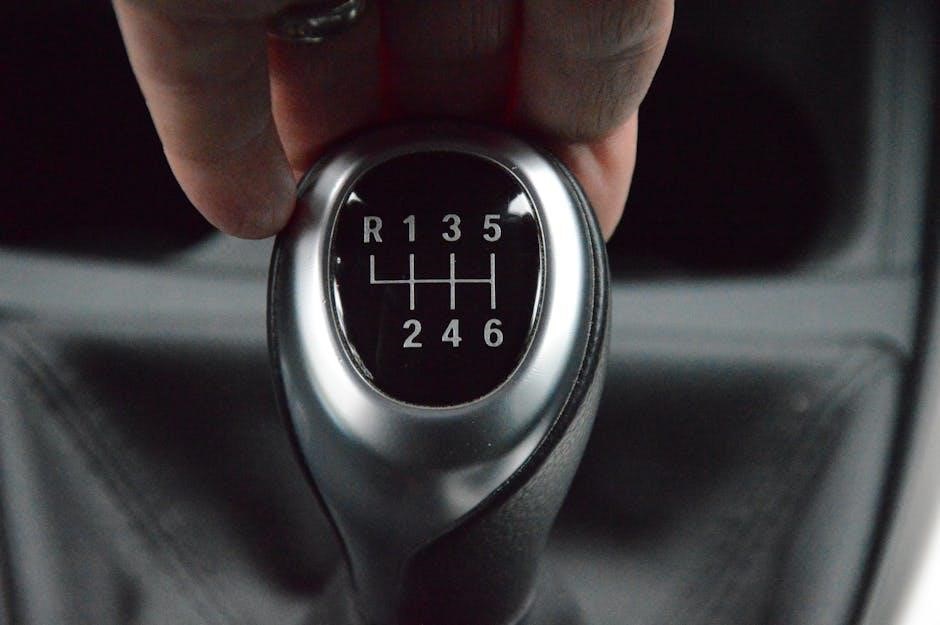
In the UK, obtaining a full manual driving licence allows drivers to operate both manual and automatic vehicles without restrictions. Conversely, an automatic licence restricts drivers to automatic cars only. Learners who pass their test in a manual car receive a licence valid for both transmissions, while those who pass in an automatic are limited to automatics. The UK’s system is designed to encourage flexibility, with manual licences offering broader driving privileges. Upgrading from an automatic to a manual licence requires passing a manual driving test. This distinction ensures that licence holders are legally permitted to drive according to their transmission proficiency. This clear separation helps maintain road safety and licensing standards across the country.
US Regulations on Manual and Automatic Licences
In the United States, driving licences typically do not differentiate between manual and automatic transmissions; Most states issue a standard driver’s licence that allows operation of both types of vehicles. Passing the driving test in either a manual or automatic car grants the licence holder the authority to drive any standard passenger vehicle, regardless of transmission type. This means that a driver with a manual licence can legally operate an automatic car, and vice versa. However, some states may have specific rules or endorsements, but generally, the distinction between manual and automatic is less pronounced compared to other countries like the UK. This streamlined approach ensures broader flexibility for drivers across the US.
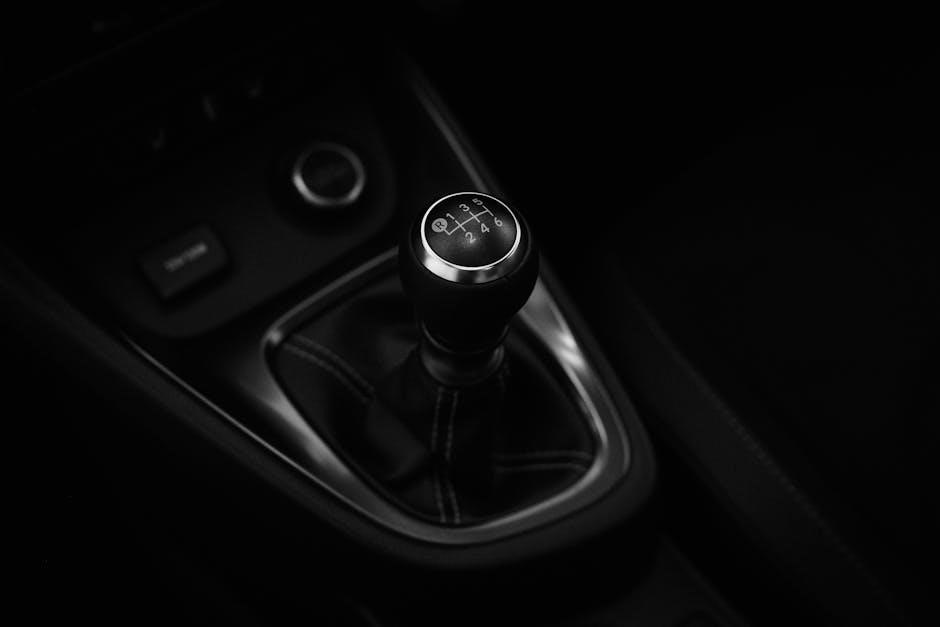
Other Countries’ Regulations
Other countries have varying rules regarding manual and automatic licences. In Ireland, a licence restricted to automatics includes a code 78, requiring drivers to upgrade for manuals. Some countries, like those in Asia, may not differentiate, while others, such as Australia, follow similar rules to the UK, where a manual licence covers both types but an automatic licence does not. These variations highlight the importance of checking local laws when driving abroad to ensure compliance and avoid legal issues. Understanding these regulations is crucial for international drivers to maintain legal driving privileges and avoid penalties related to transmission type restrictions. Always verify the specific requirements of the country you intend to drive in to stay informed and compliant.
Implications for Drivers
Holding a manual licence allows drivers to operate both manual and automatic cars, offering greater flexibility and reducing restrictions on vehicle choice.
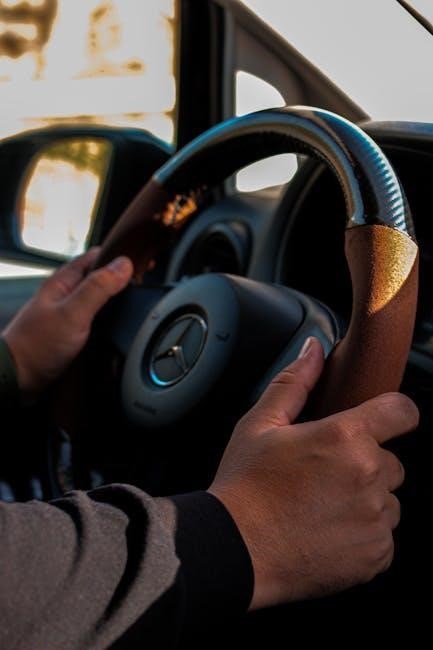
Can You Drive an Automatic Car with a Manual Licence?
A full manual driving licence allows you to drive both manual and automatic cars without restrictions. This is because mastering a manual transmission demonstrates a higher level of driving skill. If you pass your test in a manual car, your licence is valid for both types of vehicles. However, the reverse is not true—holding an automatic licence restricts you to automatic cars only. This flexibility is a key advantage of obtaining a manual licence, as it opens up more vehicle choices. Additionally, having a manual licence can be beneficial for road trips or renting cars abroad, where manual transmissions are more common; Overall, a manual licence provides greater freedom and convenience for drivers.
Can You Drive a Manual Car with an Automatic Licence?
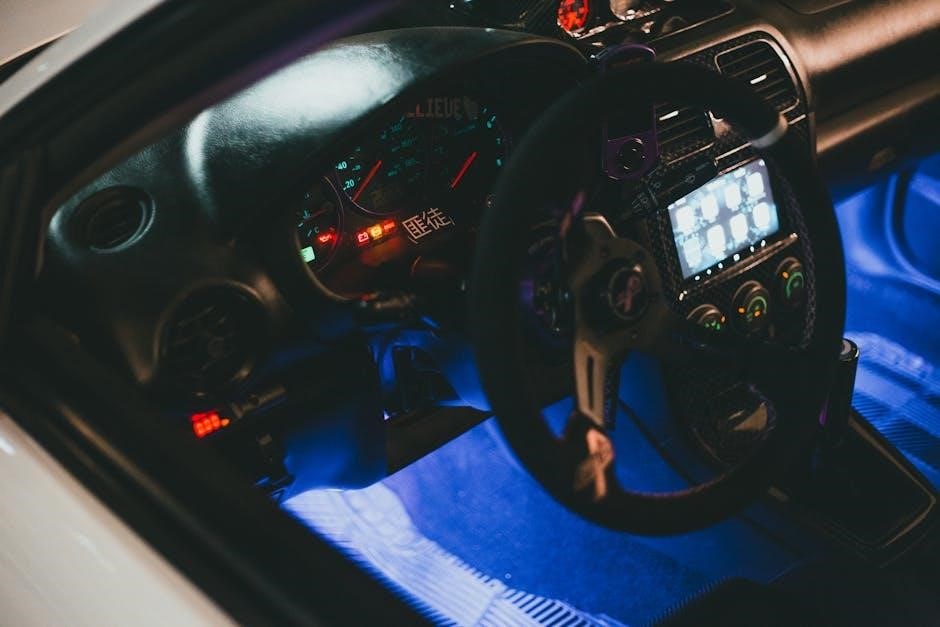
No, you cannot drive a manual car with an automatic licence. If your licence is restricted to automatic transmission vehicles, you are legally prohibited from operating a manual car. This is because driving a manual car requires specific skills, such as using the clutch and gearshift, which are not assessed during an automatic driving test. If you attempt to drive a manual car with an automatic licence, you may face legal consequences, including fines or penalties. To drive a manual car, you must upgrade your licence by passing a driving test in a manual vehicle. This ensures you have the necessary skills to operate both types of transmissions safely and legally.
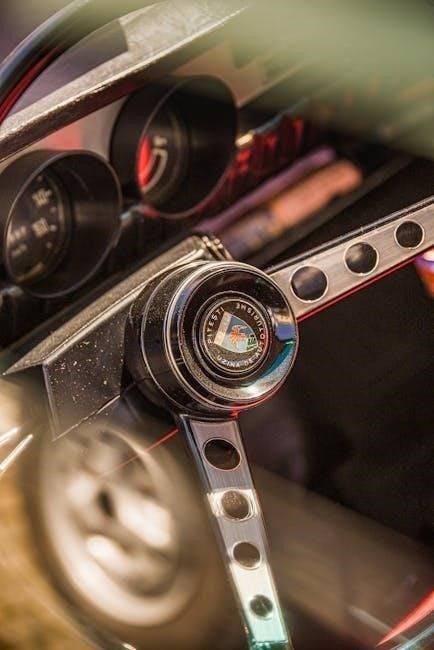
Benefits of Holding a Manual Licence
A manual licence offers flexibility in vehicle choice and potential cost savings, as it allows driving both manual and automatic cars, providing more options and convenience.
Flexibility in Vehicle Choice
Holding a manual licence provides greater flexibility in vehicle choice, as it allows drivers to operate both manual and automatic cars seamlessly. This is particularly advantageous for individuals who may need to switch between different vehicles, such as borrowing a friend’s car or renting a vehicle during travel. Unlike an automatic licence, which restricts drivers to automatic transmission cars, a manual licence eliminates such limitations. This flexibility is especially beneficial in situations where manual cars are more readily available or cost-effective. Additionally, having a manual licence opens up a broader range of options when purchasing or leasing a car, as drivers are not confined to automatic vehicles. This versatility makes a manual licence a practical choice for many motorists.
Cost Implications
Holding a manual licence can have cost implications, as it may influence insurance premiums and vehicle purchasing decisions. Typically, manual cars are cheaper to purchase and maintain compared to automatics, making them a cost-effective option for many drivers. Additionally, drivers with a manual licence may benefit from lower insurance rates, as manual cars are often less expensive to repair. However, if you opt for an automatic licence, insurance costs might be higher due to the limited flexibility in vehicle choice. Furthermore, upgrading from an automatic to a manual licence requires additional training and testing, which incurs further expenses. Overall, a manual licence offers long-term financial benefits, especially for those who prioritize affordability and versatility in their driving experience.
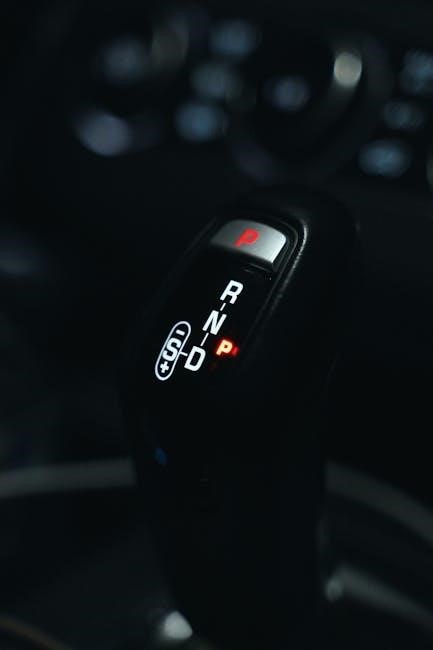
Upgrading Your Licence

Upgrading your licence from automatic to manual is possible by passing a driving test in a manual car, allowing you to drive both transmission types with flexibility.
How to Upgrade from an Automatic Licence to a Manual Licence
If you currently hold an automatic licence, upgrading to a manual licence typically requires passing a driving test in a manual transmission vehicle. Most driving authorities allow this upgrade without additional theory tests, focusing solely on practical driving skills. You will need to practice driving a manual car, ensuring proficiency in using the clutch and gearshift smoothly. Some countries may require a minimum number of training hours with a certified instructor. Once prepared, you can book a driving test with a manual car. Passing this test grants you a full manual licence, enabling you to legally drive both manual and automatic vehicles. This upgrade offers greater flexibility in vehicle choice and is often recommended for broader driving opportunities.
